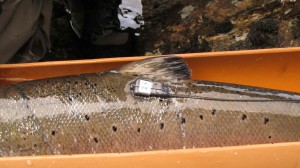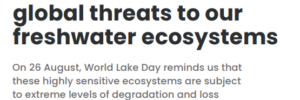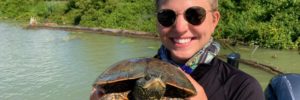Funded By
Norwegian Science Fund
Research Team
Dr. Steven Cooke, Carleton University
Eva Thorstad, NINA (Norwegian Institute for Nature Research)
Ingebrigt Uglem, NINA
Torgeir Havn, NINA, Norwegian University of Science and Technology
Tor Naesje, NINA
Anders Foldvik, NINA
Øyvind Solem, NINA
Eva Ulvan, NINA
Fred Whoriskey, Dalhousie University
Robert Lennox, Carleton University
Research Summary
Atlantic salmon are an iteroparous anadromous fish that spend their adult life on feeding grounds in the north Atlantic Ocean before migrating back to their natal rivers for reproduction after one (grilse) or multiple (multi sea winter) years at sea. The transition to freshwater is defined by starvation as the fish cease feeding shortly before entering the river, osmoregulatory changes, and gonadal maturation and precedes a long upriver journey over rapids and waterfalls. Most fish enter rivers in the spring and summer for autumn spawning, and during these months many rivers support recreational rod and line fisheries. In many nations Atlantic salmon angling is culturally iconic, however salmon populations are largely threatened throughout their native range and anglers will travel long distances and pay high prices for good angling opportunities.
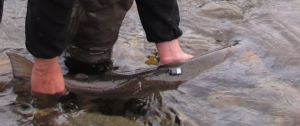
Because of the population declines management of Atlantic salmon has become stricter in many nations. Commercial fisheries have been closed and catch-and-release regulations have been implemented to conserve the breeding stock. However, Norwegian Atlantic salmon fisheries have been managed less intensively. A combination of ethical and welfare concerns, as well as a harvest-oriented culture contributed to a diminutive release of only 12% of salmon captured by recreational anglers in Norway in 2010, whereas release in Scotland, Canada, Russia, Denmark, and England exceeded 50% in the same year.
Our research endeavours to monitor the behaviour and physiology of Atlantic salmon after catch-and-release in Norwegian rivers and aims to contribute to improved management of the Atlantic salmon fishery in Norway. While several studies have contributed to our understanding of the effects of catch-and-release on salmon there are knowledge gaps that must be filled in order to improve the long-term sustainability of the recreational fishery, reconciling the needs of stakeholders including government, anglers, and landowners and culminating with improved salmon returns and breeding success.
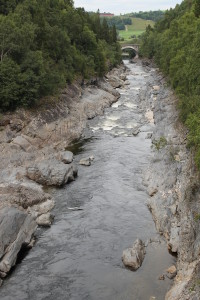
The salmon care project initiated by the Norwegian Institute of Nature Research involves:
-Evaluating the effects of catch-and-release angling on spawning and reproduction of salmon
-Evaluating the effects of elevated water temperature on the survival and behaviour of salmon after catch-and-release
-Evaluating the relative impacts of different fishing techniques (e.g. artificial flies, lures, bait) on hook location and tissue damage and post-release behaviour and survival
-Effect of recapture
-Ultimately determining how best to disseminate catch-and-release information to anglers and stakeholders (especially landowners along the rivers)
Initiated in 2012, the salmon care project runs three years and involves radio tagging and tracking of salmon after catch-and-release in many Norwegian rivers including Gaula, Orkla, Otra, and Lakselva. Tagging occurs during the summer recreational angling season and tracking is undertaken throughout the year until post-spawn. When a fish is captured and intended to be released, the gear type, fight time, and water temperature are documented and the fish was measured, sexed, and assessed for sea lice before external dorsal radio tagging and release. Evaluating the movements relative to water temperature and water discharge velocity and compared to control fish allows us to estimate the effects of catch-and-release angling.
